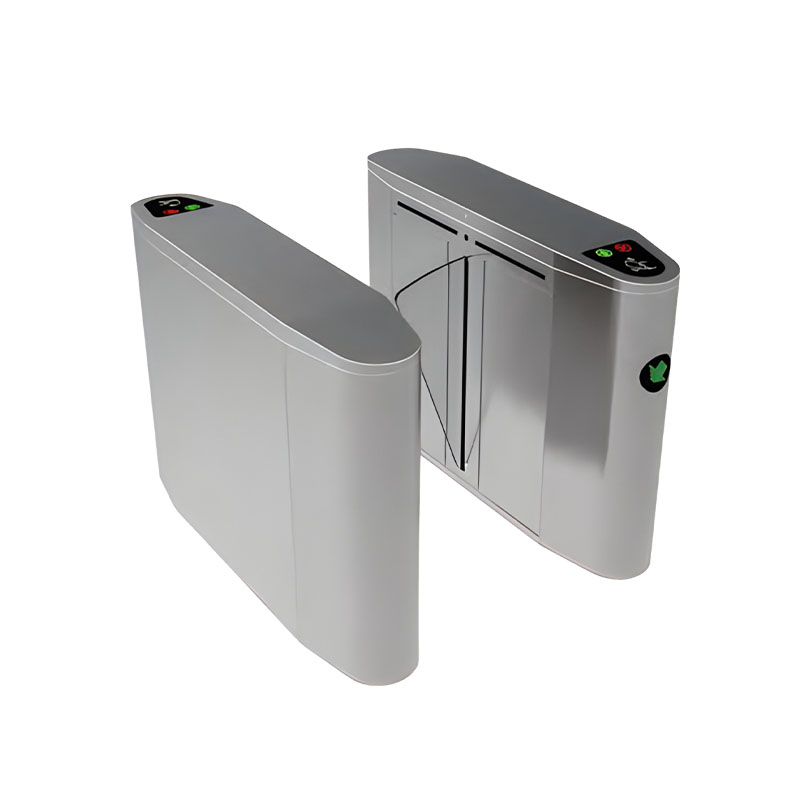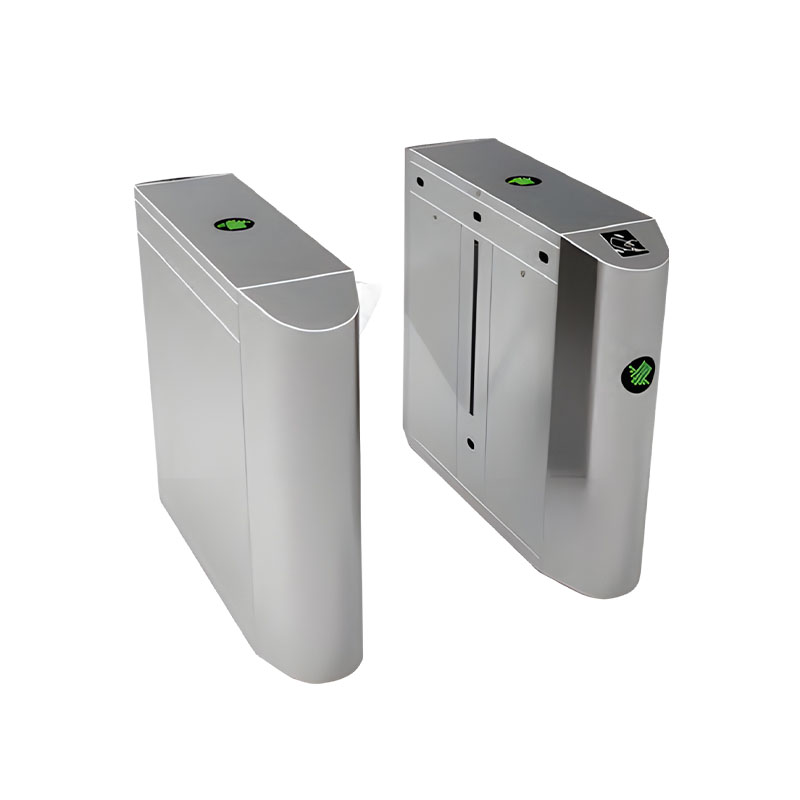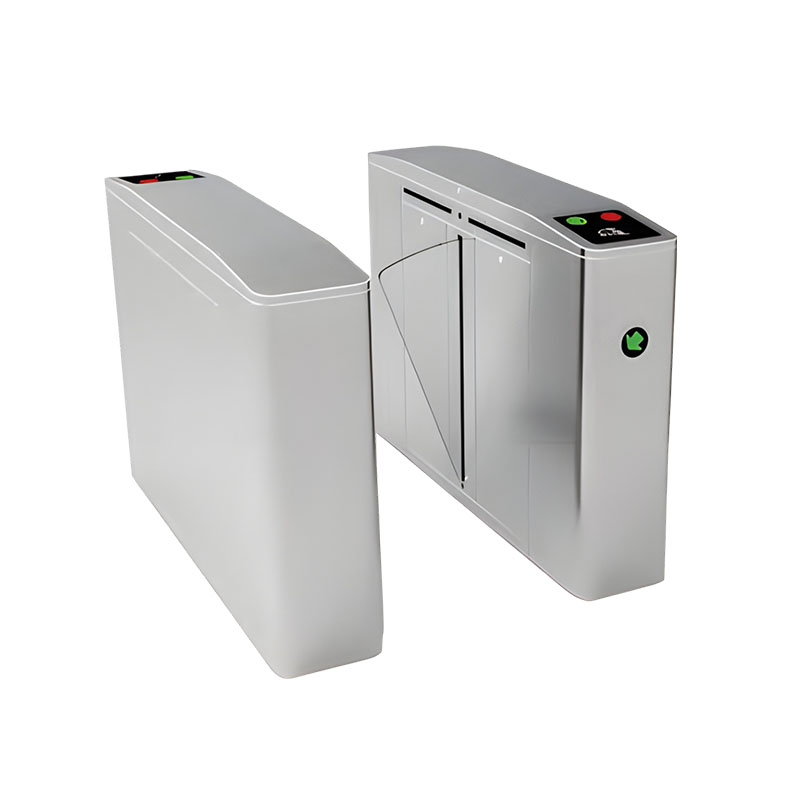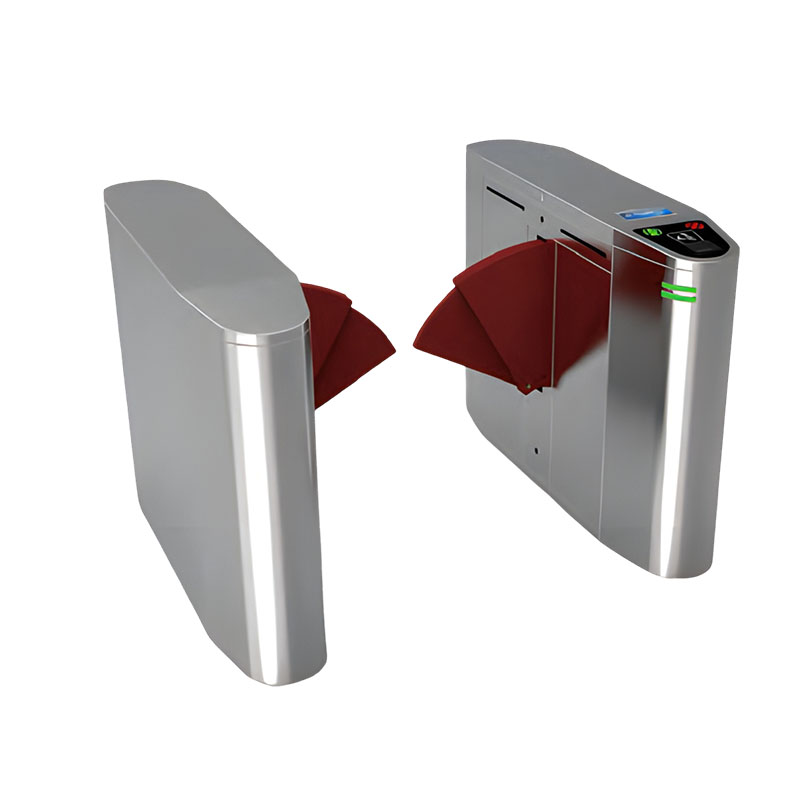In campus scenarios, how can pedestrian access gates be seamlessly connected with access control systems?
Release Time : 2025-04-09
In modern campus management, access control has become an important part of security. With the continuous advancement of smart campuses, more and more colleges, universities, primary and secondary schools choose to set up access gates at pedestrian passages, and combine access control systems to achieve the unification of personnel identification and authority management. The seamless connection between pedestrian access gates and access control systems can not only improve the security level of the campus, but also improve the traffic efficiency and realize campus information management.
The first step to achieve seamless connection is to choose matching pedestrian access gate equipment and access control systems. Common types of access gates on campus include three-roller gates, swing gates, wing gates and full-height turnstiles, and the equipment applicable to different scenarios is also different. For example, libraries and teaching buildings can use swing gates or wing gates, which are beautiful and have high traffic efficiency; while dormitories, laboratories and other areas with higher security requirements can choose full-height turnstiles to prevent tailgating. The access control system needs to have good compatibility and openness, support multiple communication protocols (such as TCP/IP, RS485, Wiegand) and various identification methods (such as IC cards, ID cards, face recognition, QR codes, etc.), laying the foundation for subsequent connection.
The communication between the pedestrian access gate and the access controller is the key link to achieve linkage. Most modern gate control boards and access control devices support standard communication protocols, such as RS485 or Wiegand interfaces, through which the access control device can send the recognition results to the gate control board in real time, realizing the logic of "release upon successful recognition". More advanced systems use TCP/IP communication protocols to exchange data through a local area network or the cloud. This method is more suitable for larger campus systems, and can achieve remote control, data synchronization and multi-terminal management.
In a campus environment, different groups of people (students, faculty, and visitors) may require different recognition methods. The system should support multiple recognition methods such as face recognition, IC card, campus card, QR code, ID card, and even mobile Bluetooth/NFC. During the docking process, the access control system needs to transmit these recognition data to the channel gate in a unified format to realize the linkage between the recognition device and the channel gate. For example, after a student swipes a campus card or scans a QR code, the access control system determines that the authority is correct, that is, it sends a gate opening signal to the gate; if the recognition fails, the gate is controlled to remain closed. By setting up a "multi-identification fusion" mechanism, the identification method can be flexibly switched according to different places and scenarios to improve the convenience of passage.
In order to achieve true seamless connection, the access control system and the passage gate must not only cooperate in hardware, but also realize unified background management at the software level. By integrating the campus comprehensive information platform, the access control system can be interconnected with the student information system, the teaching system, the security platform, etc. to realize data sharing and unified management. For example, the student's entry and exit records can be automatically synchronized to the student registration system, and abnormal behaviors (such as frequent entry and exit late at night) can trigger early warnings; visitor entry and exit information can be linked with the security center to improve the security response speed. The unified data platform can also realize functions such as report generation, permission configuration, and attendance punching, which improves the level of intelligent campus management.
In the campus environment, the access rights of personnel are not fixed. For example, some laboratories are limited to students of specific majors during specific time periods; all students can pass freely during the opening hours of the library, but only graduate students or staff are allowed at night. The pedestrian access gate access control system needs to have a powerful permission configuration function, which can be flexibly configured based on dimensions such as personnel identity, time, and location. Only after these permission information is synchronized to the gate control system can the actual passage be ensured to be consistent with the permission setting. The adjustment of dynamic permissions must support rapid response, such as temporary changes such as class adjustment and activity arrangement, which can also be updated in the system in time.
Seamless connection is not a one-time project, and the system still needs continuous operation and maintenance after it goes online. Stability and maintainability are the key to ensuring the long-term operation of the entire system. First of all, the access control equipment and gates need to be regularly inspected and maintained to avoid the passage being affected by recognition failure or control signal delay. Secondly, there should be a special operation and maintenance management platform to record equipment status, recognition logs, abnormal alarms and other information, so that technical personnel can find problems and handle them in time. In addition, the system also needs to consider emergency mechanisms in the case of power outages and network disconnection, such as automatic unlocking in case of power outages, offline recognition caching, etc., to ensure safety and passage under extreme conditions.
More and more colleges and universities have achieved seamless integration of channel gates and access control systems, greatly improving the safety prevention and control capabilities and information level of campuses. Not only does it achieve precise control of people entering and leaving, but it also improves the passage efficiency and experience of students and faculty. In the future, with the development of artificial intelligence, big data and Internet of Things technologies, campus channel systems will become more intelligent. For example, through face recognition + behavior analysis technology, abnormal behavior can be identified; combined with attendance data and classroom records, academic behavior tracking can be achieved; through integration with health codes, electronic student cards, etc., accurate prevention and control during the epidemic can also be achieved. Seamless docking will not only be a connection between hardware and systems, but also a part of the overall ecosystem of the smart campus.







